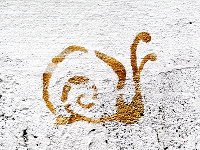 Controversial artist Tinkebell has announced she will report a theft with the police after a TV Rijnmond reporter took two snails from an exhibit with him. TV Rijnmond handed over the snails to Dierenbescherming (‘Animal Protection’, an association with 200,000 members and 31 local chapters) for further study.
Controversial artist Tinkebell has announced she will report a theft with the police after a TV Rijnmond reporter took two snails from an exhibit with him. TV Rijnmond handed over the snails to Dierenbescherming (‘Animal Protection’, an association with 200,000 members and 31 local chapters) for further study.
Tinkebell is currently exhibiting some 1,000 live snails with beads glued to them as part of a larger exhibition at the Villa Zebra children’s museum called Ah, wat lief! (‘So sweet’). The exhibition is supposed to explore and challenge how children look at animals—which ones do they find cute, and which ones do they find horrid.
Earlier Tinkebell exhibits centered around exposing the hypocrisy of animal lovers by doing the exact same thing they do to animals, but within a completely different context. In one instance she made a leather purse, with the leather from her own cat. She also let hamsters run around a showroom while they were imprisoned in tiny plastic balls she had purchased at a pet store, something for which she was prosecuted but ultimately acquited.
In an article on left-wing blog Joop.nl Tinkebell explains how she got the idea of adorning snails with beads in the first place:
I have been painting all the snails I find in my own garden for years. [One day I spotted my neighbour salting his garden to kill snails and] I began to wonder where the snails came from, where they were going and how old they would get. In order to answer my own questions as well as try to change my neighbour’s mind, I started to paint numbers on the snails in my garden. There were many of them…
A year later and much to my surprise I saw that the snails were still moving through my garden, numbers and all. Wow! So then I numbered the unmarked copies in a different colour.
Another year passed and now three generations of painted snails were moving among my plants, and the year after I started with a new ‘tactic’, that of ‘beautifying’. I added glitter, flowers and little paintings. Each year my snails looked different, and that is how I kept track of different generations.
(Photo by Helen Cook, some rights reserved)
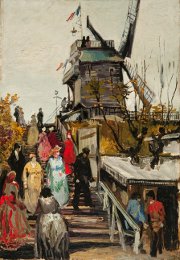

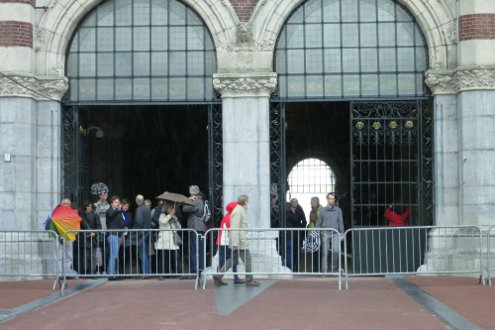
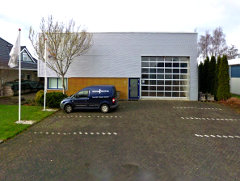 A museum dedicated to the computers of US manufacturer Apple has opened its doors in the town of Ureterp, just East of Drachten in Friesland.
A museum dedicated to the computers of US manufacturer Apple has opened its doors in the town of Ureterp, just East of Drachten in Friesland. Controversial artist Tinkebell has announced she will report a theft with the police after
Controversial artist Tinkebell has announced she will report a theft with the police after 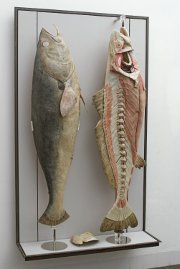
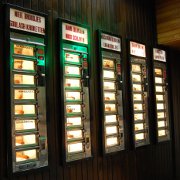 The Amsterdam Historical Museum and Mediamatic have teamed up to do something different. Rather than have you look at historical objects from a safe distance, they will let you buy them for 1 or 2 euro each.
The Amsterdam Historical Museum and Mediamatic have teamed up to do something different. Rather than have you look at historical objects from a safe distance, they will let you buy them for 1 or 2 euro each.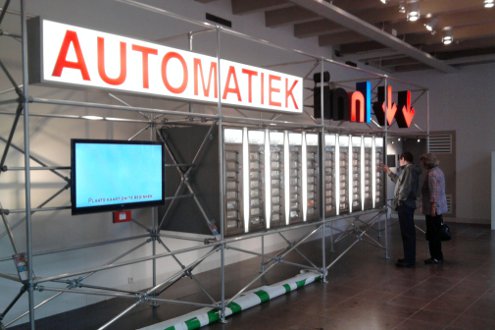
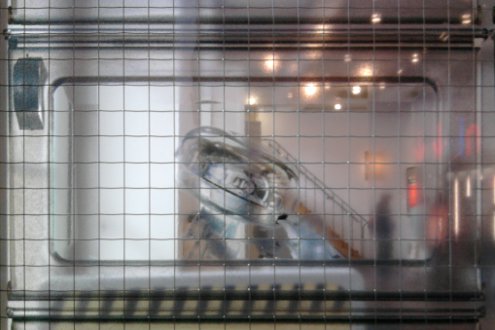
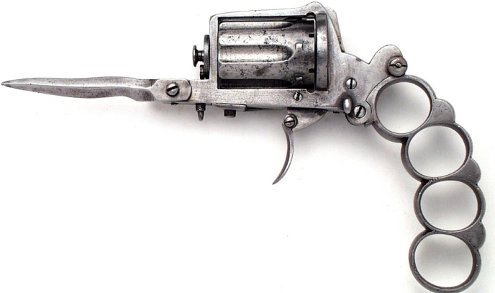
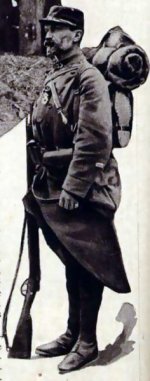 A museum consisting largely of dioramas of the Great War will open at 2 pm today in the Kruithuis (old munitions house) in Alkmaar, Noord Holland. Named Le Poilu after the nickname unshaven French soldiers acquired in the war, the museum mainly looks at the Battle of Verdun, where 300,000 soldiers died and many more were wounded. The museum was founded by Peter Wories from nearby Heiloo, who has been fascinated by WWI ever since he found out that his grandmother was originally from Antwerp, but fled the city to the Netherlands when the Germans attacked in 1914.
A museum consisting largely of dioramas of the Great War will open at 2 pm today in the Kruithuis (old munitions house) in Alkmaar, Noord Holland. Named Le Poilu after the nickname unshaven French soldiers acquired in the war, the museum mainly looks at the Battle of Verdun, where 300,000 soldiers died and many more were wounded. The museum was founded by Peter Wories from nearby Heiloo, who has been fascinated by WWI ever since he found out that his grandmother was originally from Antwerp, but fled the city to the Netherlands when the Germans attacked in 1914.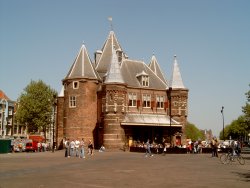 De Waag Society and a bunch of other friends of digital culture have organized a photo competition called
De Waag Society and a bunch of other friends of digital culture have organized a photo competition called 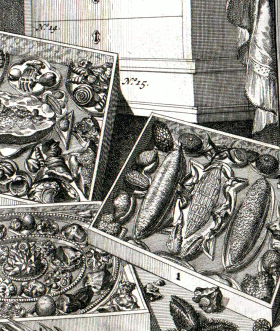 The collection obsession of Early Modern Europe, that saw people stocking cabinets of curiosities […] with obscure and exotic trinkets and specimens from the worlds of ‘artificialia’ and ‘naturalia’, emerged in Holland under a local profile of influences.
The collection obsession of Early Modern Europe, that saw people stocking cabinets of curiosities […] with obscure and exotic trinkets and specimens from the worlds of ‘artificialia’ and ‘naturalia’, emerged in Holland under a local profile of influences.